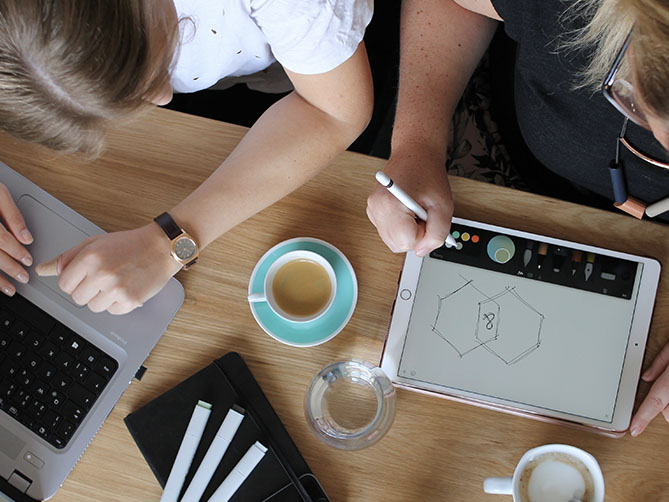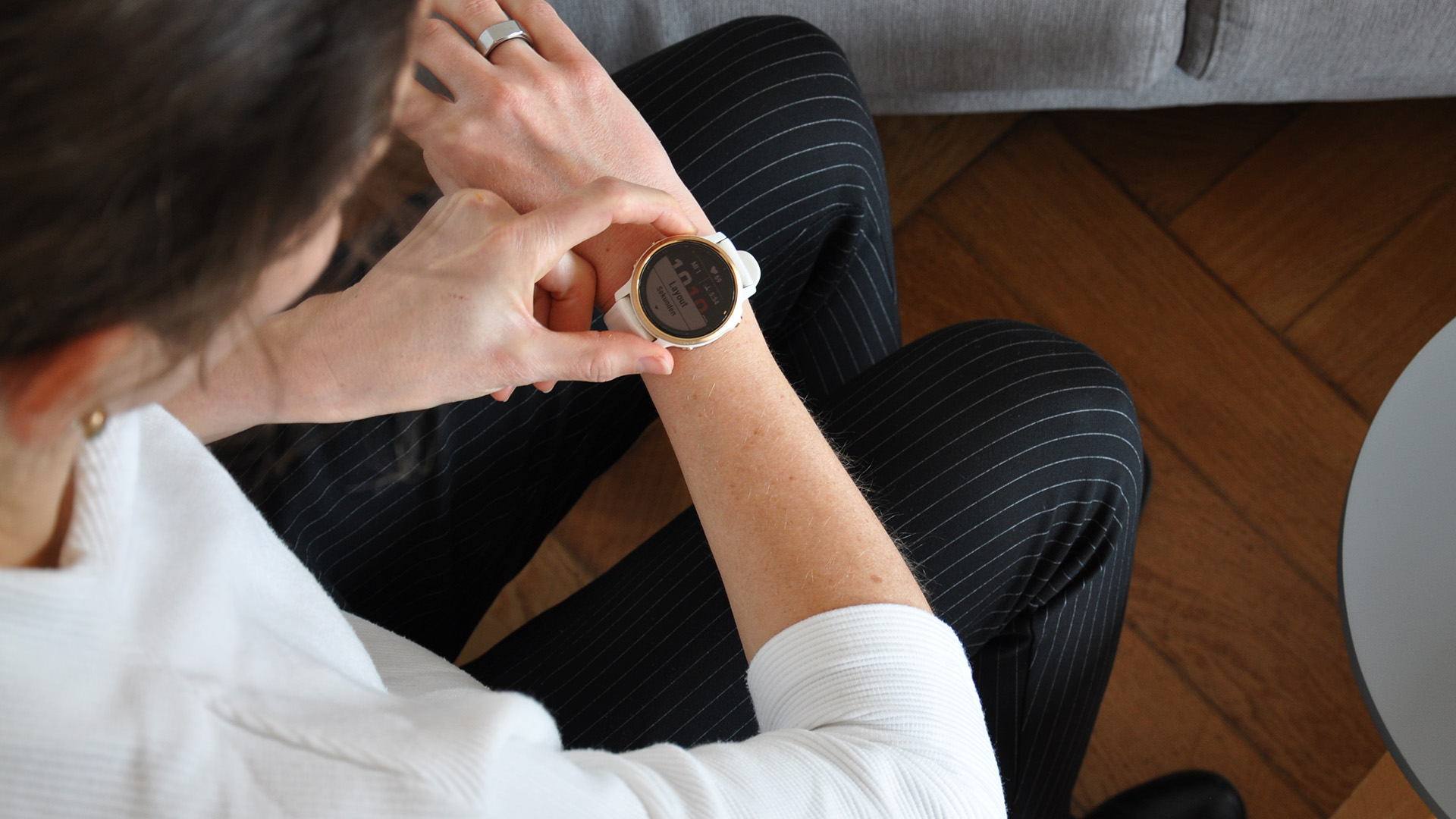UX in healthtech
Connected medical devices, medical applications, intelligent assistance systems, portable diagnostic solutions, teleclinics and Digital Medical Devices (DMDs), all share a common goal: simplify and enhance the lives of doctors, patients, nursing staff, and caregivers through digitization. Their aim is to generate data, enable analysis, and ultimately facilitate decision-making, providing support and streamlining processes to improve efficiency.
Regardless initiatives aimed at integrating technologies into healthcare, such as The European Taskforce for Harmonised Evaluation of Digital Medical Devices, which aims at the ‘integration of technologies with clinical evidence into healthcare procedures,’ or the introduction of products like the German ePA in many EU countries, such as the Patient Data Protection Act (PDSG), success will only be achieved if the applications comply with regulations and are user-friendly – intuitive to use. This is the key to increasing efficiency and ultimately reaching the desired goals.
What we do
and in which we are experts:
Holistic user-centered design service from
- User-research,
- user-testing,
- usability engineering,
- UX strategy,
- to user interface design
- work in an agile set-up in close exchange with your development teams.


What we don’t do:
- We don’t do marketing material
- We don’t do product and packaging design
- We don’t build hardware
We provide added value in every phase of the project.
Using a health data tracking software as an example:
Let’s consider a software or app for health data tracking. The app is available for tablets and is used by critically ill or chronically ill patience. Lets imagine it track shealth data and general condition. The inputs are evaluated and supervised by medical professionals via a central office.
The software is designed in such a way that certain parameters can trigger an alarm for the supervising tele-personnel. Let us further assume that the processing of the message, transfer or intervention currently takes an average of 12 minutes due to the process. A new efficiency requirement now specifies a reduction to a maximum of 9 minutes.
After an evaluation, process assessment in terms of flow and UX, a revision with concept and designer elaboration, the tele-nurse takes on average only 6 minutes (depending on the case and severity).
Employees are happier because it’s easier to use and they spend less time on each alert. Stress levels decrease because you don’t spend time on unnecessary steps and can spend a little more time on special or severe cases.
On the business side, you save on costs because your employees are more efficient in their day-to-day work, new employees can be trained more easily and more patients can be admitted.
We can help you
Why us?
From the creation of an audit-proof crisis management system in tsunami areas to assistance apps for patients with pulmonary embolism, COPD or heart failure. With us, you realize your ideas – intuitively, efficiently and excitingly.
For many years, we have been active in the most complex fields that a digital agency can focus on:
The finance and insurance sector as well as the healthcare sector.
Due to our experience and our methods, we quickly understand what your users and therefore your business needs. We are agile and efficiently arrive at solutions that make your products “intuitive” and “usable”. We optimize processes, simplify complex use cases and implement concepts. Individually, creatively and efficiently.
We go into depth with you, understand users, technology, and facts. We challenge theories, provide answers and take the “edge case” into account. We evaluate the components formatively and summatively in their entirety for a sustainable solution and a user-friendly end product.
Would you like to learn more? Then read on here.
Related fields: Finance/insurance and healthcare
Hard Facts
- Highest requirements for security and data protection
- Complex IT systems as a foundation
- Challenging and regulatory conditions usually requires high technical understanding in the conception phase
Soft Facts
- Very individual requirements
- No product is like the others
- Non-generalizable user needs and use cases require psychological background in interviewing and testing
- Empathy in dealing with patients and users

We invest in your ideas and products
We develop our own digital products and understand your challenges. With our flexible investment models, we are your strategic partner. We invest our experience and implement your concepts. We offer participation or loans. Interested?
It has advantages to let the usability engineering be supervised by experts,
who are not involved in the actual production of the product or its user interfaces.
MDR, FDA, ISO 13485 – what do you have to think about?
In the MDR, there are specific requirements on the usability aspect, most of them are part of the essential safety and performance requirements, which mainly state a manufacturer should eliminate or reduce risks associated with incorrect use. Unlike the MDR, the FDA is very specific about usability regulations and has been addressing this issue for decades. It has published a guidance document entitled „Applying Human Factors and Usability Engineering to Optimize Medical Device Design“ . This guide is not a standard, of course, but it contains many lists of requirements and references the important regulations and IEC 62366 (now replaced by IEC 62366-1).
If you are involved in this, you have already realized the advantages of having usability engineering supervised by experts who are not involved in the actual production of the product or its user interfaces. As outsiders, they do not know the product yet and therefore they are not “burdened” with expectations and experiences. As usability specialists, we work according to the required processes, for example the PDCA process (Plan-Do-Check-Act) and are familiar with the corresponding documentation.
Get in touch with us.
